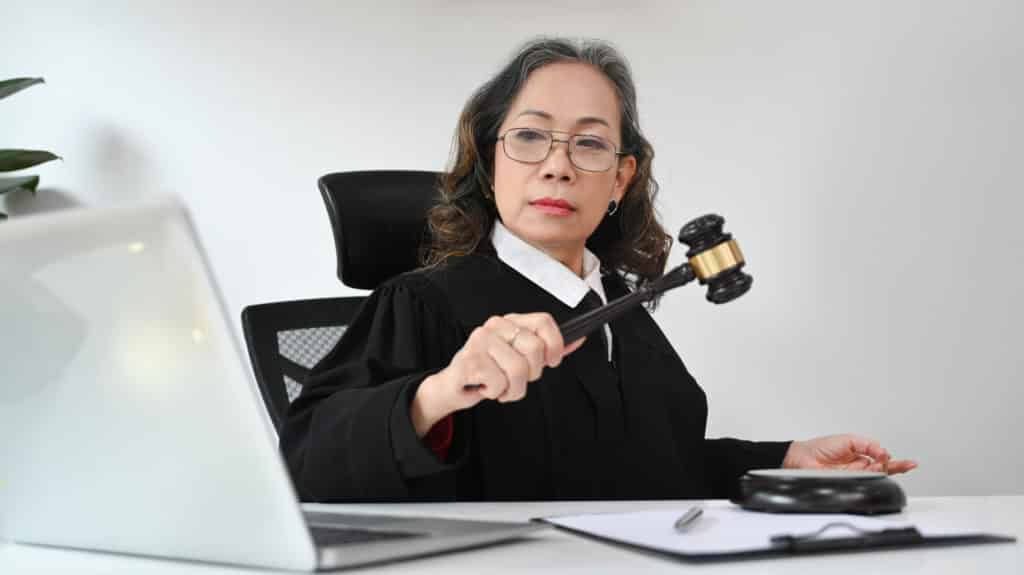Looking Into the Devices of Lawful Videography: Unveiling Its Operation in Safeguarding Authentic Aesthetic Testimony for Judicial Proceedings
In the realm of judicial process, the duty of legal videography stands as a foundation in protecting and providing visual proof. As technology remains to breakthrough, the devices behind legal videography have become increasingly detailed, supplying a crucial layer of credibility to testaments caught on video. By diving right into the operational intricacies of lawful videography, one can uncover the precise processes that guard the stability of aesthetic proof provided in courtrooms - Legal Videography. This expedition not only loses light on the historic evolution of lawful videography however additionally means the future patterns that may better reinvent exactly how aesthetic statements are supported in the world of justice.
Historical Development of Lawful Videography
Analyzing the historical development of legal videography exposes a significant change in the recording and presentation of visual proof within the lawful landscape. In the past, lawful procedures greatly depended on composed transcripts and pictures to document occasions and provide evidence. With the advent of video modern technology, the lawful sector witnessed a paradigm shift in exactly how aesthetic testament was captured and provided.
The development of lawful videography can be mapped back to the late 20th century when advancements in video recording devices made it a lot more obtainable for use in courtrooms. This technological development not only improved the precision and integrity of aesthetic proof however also reinvented the method situations existed to juries and judges (Legal Videography). Attorneys started to recognize the persuasive power of video recordings in conveying feelings, subtleties, and non-verbal hints that composed pictures or transcripts alone can not record efficiently

Technology Advancements in Video Clip Documents
What key technical innovations have changed video clip paperwork in the legal field? The lawful area has actually seen considerable developments in video documents modern technology that have actually improved the authenticity and integrity of aesthetic evidence in judicial proceedings. Among the crucial improvements is high-definition (HD) video recording capacities, which supply crystal-clear images and sharp information that are critical for precisely capturing testimonies, faces, and other aesthetic hints. Additionally, the assimilation of timestamping and metadata functions in video documents devices has made it possible for accurate paperwork of when and where the video was taped, guaranteeing the integrity of the proof presented in court.
In addition, developments in video security and watermarking innovations have bolstered the safety and security and tamper-proof nature of video clip evidence, safeguarding it versus unauthorized modifications or meddling. The development of cloud storage space options and remote access abilities has structured the storage, access, and sharing of video clip evidence, helping with seamless cooperation amongst legal specialists and ensuring efficient accessibility to important aesthetic testaments when required. These technological improvements in video documents have definitely revolutionized the legal area, improving the accuracy, reliability, and admissibility of visual evidence in judicial process.
Duty of Legal Videographers in Court Settings
The advancement of video clip documentation modern technology in the lawful field has demanded a critical duty for legal videographers in court settings, making sure the integrity and integrity find here of aesthetic statements offered throughout judicial procedures. Legal videographers play a basic function in recording and protecting accurate visual proof that can be essential in lawsuit. Their responsibility encompasses setting up equipment, recording procedures, and creating premium videos that properly mirror the events in the court.
Furthermore, lawful videographers frequently work very closely with lawful teams to guarantee that the video clip evidence aligns click here now with the situation's demands and can be properly provided in court to support the legal disagreements being made. In general, the role of lawful videographers in courtroom settings is important in upholding the concepts of justice and guaranteeing the transparency of legal procedures. Legal Videography.

Ensuring Admissibility and Stability of Video Evidence
To preserve the trustworthiness of visual evidence presented in lawful procedures, making certain the admissibility and honesty of video evidence is a crucial responsibility for lawful find this videographers. Admissibility refers to the approval of evidence by the court, and for video clip evidence to be permissible, it needs to satisfy specific standards. Lawful videographers play a critical function in guaranteeing that the video clips they record comply with the guidelines of evidence, such as credibility, integrity, and importance.
Honesty of video evidence entails maintaining the creativity and accuracy of the video footage from the moment it is recorded up until it is offered in court. This includes securely saving the video clip data, recording the chain of custodianship, and avoiding any type of tampering or alterations. Lawful videographers should abide by rigorous methods to assure the integrity of the video clip proof and protect against any kind of difficulties to its credibility.
Future Trends in Legal Videography
Offered the boosting dependence on technology in legal procedures, legal videographers are poised to accept innovative developments forming the future of aesthetic testament capture and discussion. One of the popular fads on the horizon is the combination of digital reality (VR) and enhanced fact (AR) modern technologies right into lawful videography. These modern technologies have the prospective to revolutionize exactly how visual proof exists in courts, enabling discretionary to submerse themselves in the scene of the criminal offense or event.
Moreover, using expert system (AI) formulas for video analysis is anticipated to enhance the process of reviewing and analyzing big quantities of video footage. AI can assist in determining key moments, abnormalities, and patterns within video clips, enhancing the efficiency of lawful examinations.

Verdict
To conclude, legal videography has played an important role in offering authentic visual proof for judicial procedures. Via technological innovations and the proficiency of legal videographers, the stability and admissibility of video clip evidence are ensured in court settings. As legal videography remains to advance, it will certainly be vital to promote criteria that maintain the accuracy and reliability of visual testament for the future of lawful process.
Examining the historical progression of legal videography reveals a significant transformation in the recording and discussion of aesthetic proof within the lawful landscape.The development of video paperwork innovation in the lawful area has required a vital function for legal videographers in court settings, guaranteeing the integrity and dependability of visual testimonies provided throughout judicial procedures. Additionally, legal videographers usually function closely with lawful teams to make certain that the video clip evidence straightens with the instance's demands and can be successfully offered in court to support the lawful debates being made.To maintain the credibility of aesthetic proof offered in lawful proceedings, making sure the admissibility and integrity of video clip evidence is a crucial duty for legal videographers. As lawful videography proceeds to progress, it will certainly be necessary to support criteria that maintain the accuracy and dependability of aesthetic testament for the future of lawful procedures.